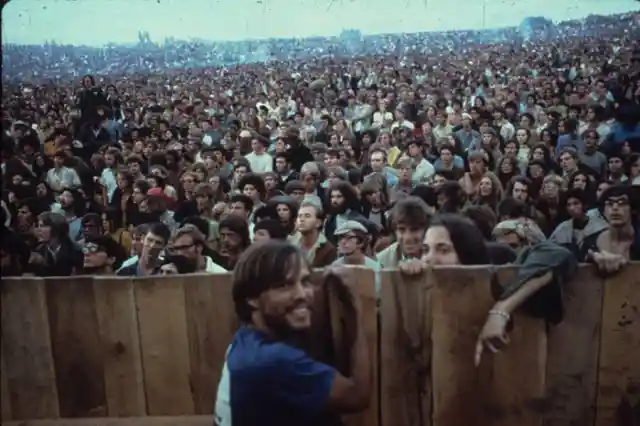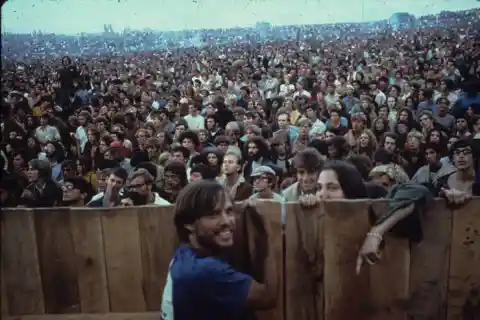The Woodstock Music Festival was the original music festival that began on August 15, 1969. Over half a million people participated in the three-day music festival that took place in Bethel, New York. Popularly known as “An Aquarian Experience: 3 Days of Peace and Music”, the legendary festival later was popular with the name of Woodstock Festival. Over a period of time, the festival was closely related to the counterculture movement of the 1960s. Read on to explore the rare vintage photographs of the 1969 festival and see what those three days were like!
The Unofficial Symbol
When it comes to symbolism in the 1960s, some people consider it to be the ‘Ban the Bomb' symbol that was spray-painted on many walls or wore around the neck as a medallion while for others, it was the smart suits worn by acts like the Beatles. But for a whole subculture of society at the time, it is dye clothing. Nobody is aware where the fashion of dye clothing originated from, but it was everywhere around the Woodstock festival. And unlike the festivals that happen these days, there were no merchandise stores at the event so the entrepreneurial hippies were allowed their wares to the festival-goers.
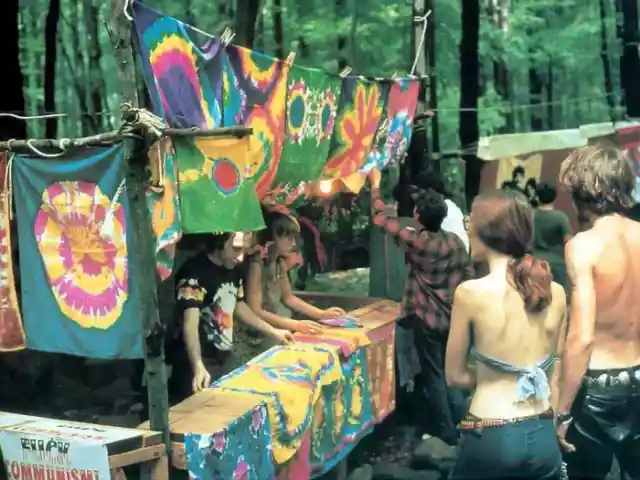
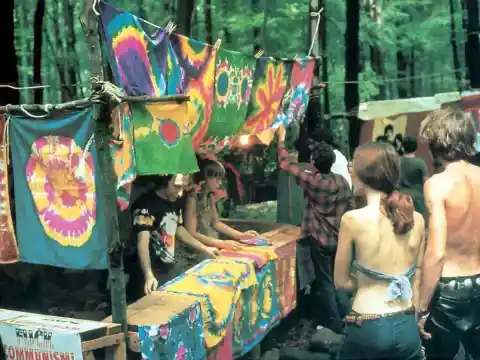
Style And Fashion
While the bold and unique style and fashion are what modern festivals are about, the Woodstock concert-attendees came long before the concept of “festival style”. The concert-goers had no intention to make a fashion statement, but their free-spirited and carefree attitude did it for them. The key details of their hippie fashion included free, flowing, and everything that was associated with peace and being open. The women who attended the festival wore their hair in its natural, easy state and kept it untamed and center-parted. But their classic staples were the flower crown that was perfect for all types of hair, whether short or long, curly or straight.
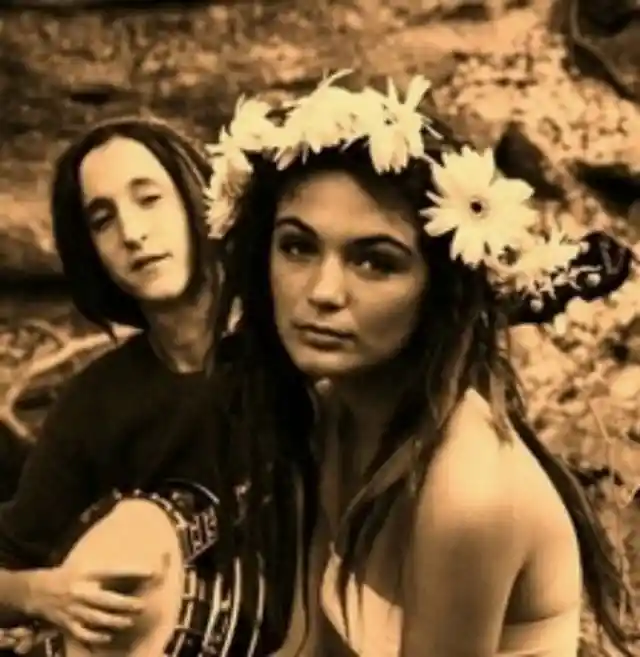
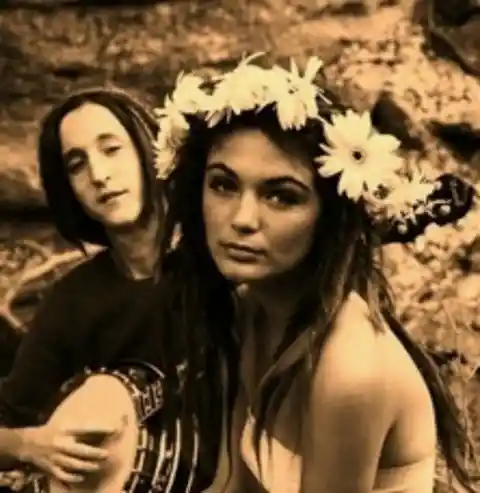
A Free Concert
Woodstock is well known to not charge any admission ticket. However, this was not originally planned to be ticket-free. When the partners of The Woodstock Festival were figuring out the logistics, fencing, entrance gates, and ticket booths needed to be set up and a performers’ pavilion, concession stands, bathroom facilities, and medical tents built. But by the time people started arriving a couple of days ahead of the festival, the fencing, gates, and ticket booths still weren’t ready. So, they had to give up on the hopes of earning money as it became clear that the grounds were going to be completely flooded with young people who were free-spirited and carefree.
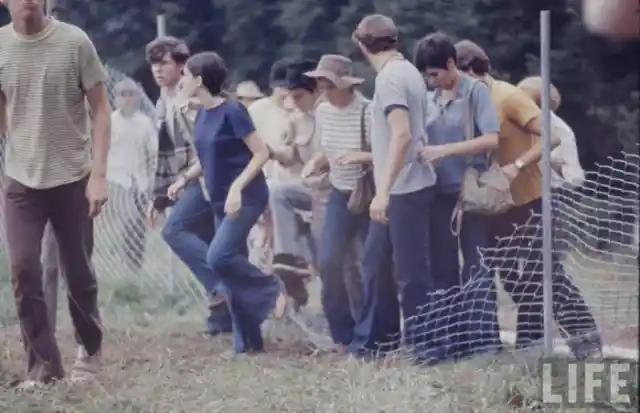
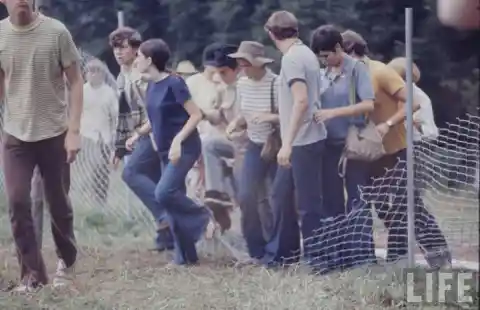
Remarkable Day In Music History
Woodstock is popularly regarded as a remarkable day in music history. It was as memorable for the musicians who performed at the festival as it was for the people who attended it. More than half a million people attended the fest where now-legendary acts like Jimi Hendrix, Janis Joplin, Grateful Dead, Joe Cocker, and Crosby, Stills, Nash, and Young performed. A total of 33 acts played over the three days and their performances not only became a masterpiece in those artists’ respective careers but also exemplary snapshots of America’s counterculture during that time.

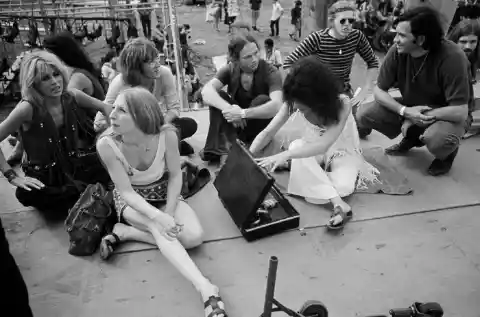
A Saga In The Making
People from all over the country relocated to upstate New York only to attend the music festival. Back then, nobody had an idea that it would turn out to be a saga in music history. The festival officially ended on 18th August and leaving Woodstock was not any easier than going there. Roads and highways quickly became jammed as the attendees made their way home. In 2006, Bethel Woods Center for the Arts opened on the hill where the Woodstock Music Festival took place. Today, it hosts outdoor concerts in its beautiful pavilion. There’s also a 1960s museum on site.
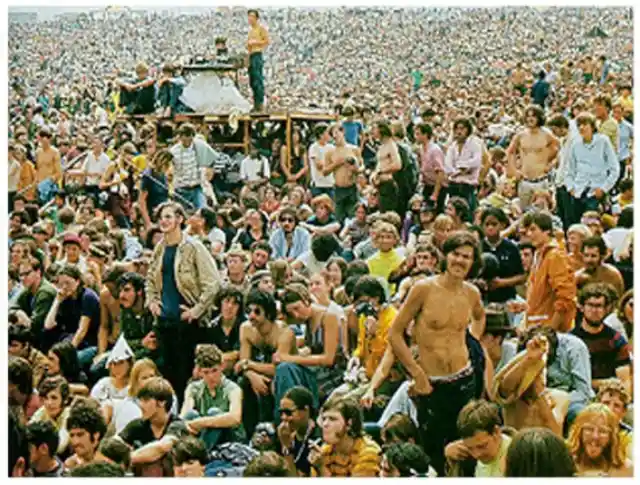
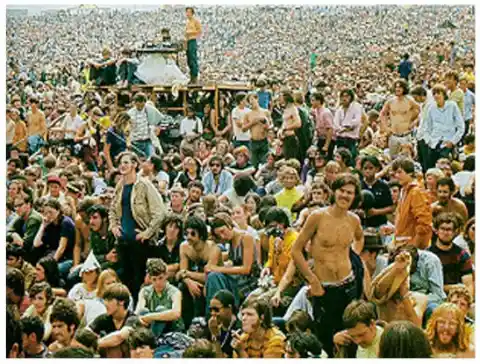
Hippies At The Festival
When someone pictures Woodstock, the first thing that comes to their mind is hippies and the hippie culture is just as popular for its music as it is for its fondness for drugs. It was believed that half of the people who attended the Woodstock festival used marijuana during the festival. However, Hippies considered drug use as an easy way to break rules and protest which is exactly what they did at Woodstock. Unlike teens these days, they didn’t use drugs to have fun and rage, rather they did drugs to make a statement, experience the high, and have a good time while doing it.
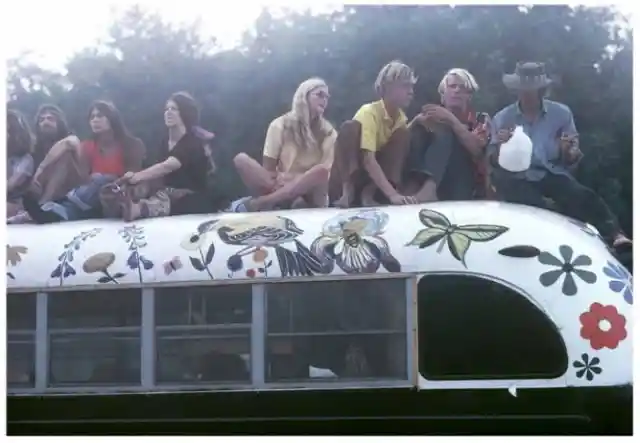
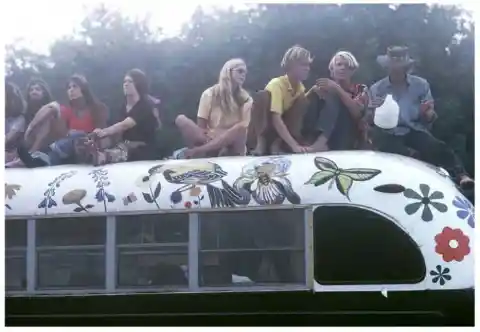
Not Prepared For Unexpected
Event organizers originally expected 50,000 people but by August 13, at least that number already camped out on location, and over 100,000 tickets were pre-sold. As an estimated one million people made their way to Woodstock, its organizers scrambled to make more arrangements. However, they still were not prepared for as many people as there were at the fest, everything was in short supply. Facilities such as food, water, medical supplies, and bathrooms were insufficient, but because of the community atmosphere, everyone managed to get by just fine.

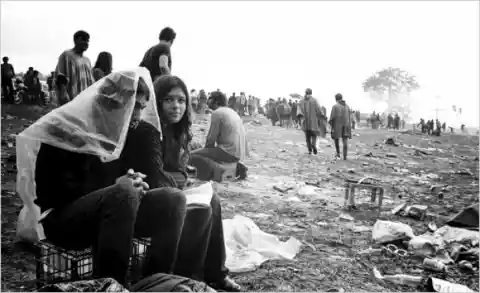
The Documentary
While there were 33 performers at the festival, only a few of them could be featured in footage that became the Woodstock documentary which arrived in March 1970, just seven months after the classic concluded. The documentary involved all the aspects of the festival from preparation to cleanup. The content included both the negative and positive aspects of the festival from iconic performances to drug-laden atrocities on stage. It was directed by Michael Wadleigh and won the best documentary at the doctors and was nominated for two other awards including best film editing and best sound.

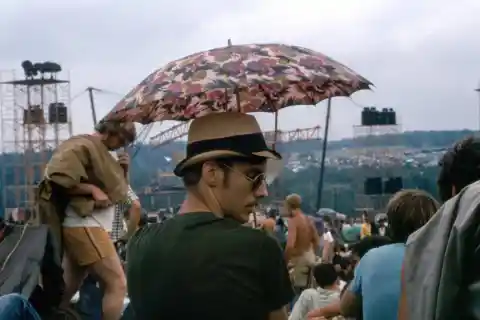
An Era Of No Cell Phones And No Maps
Communicating and tracking people in such a huge crowd was a problem that all the attendees faced at the festival especially because no one had cell phones back then. So to facilitate important messages, a member of the production took to the microphone between each act to deliver announcements, alerting the crowd to unattended children or to notify people where to find help. Also, it was a great difficulty for the crowd to track down supplies as they had to walk several miles if they had left their blanket or tent. Adding to their difficulties, there were no aisles or seating patterns, so it was almost impossible for them to make their way back to where they were.
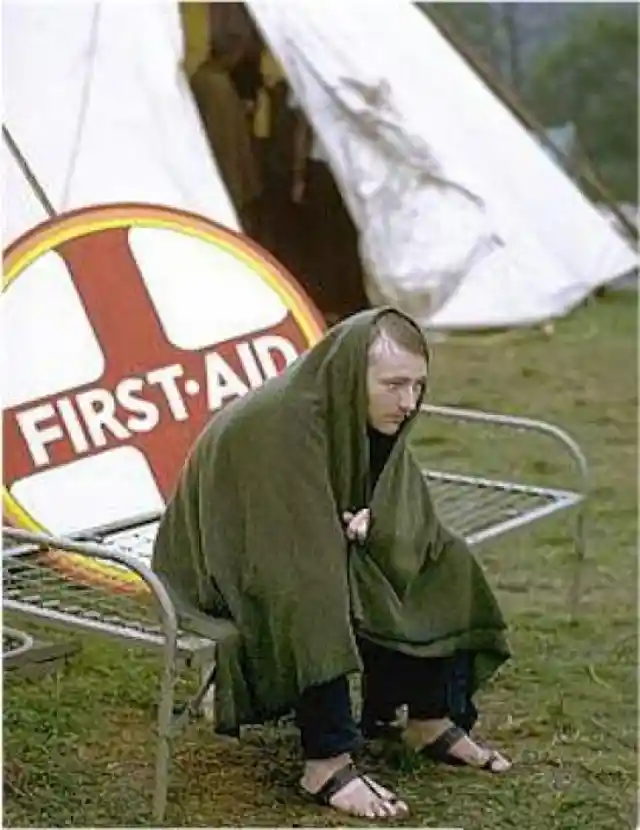
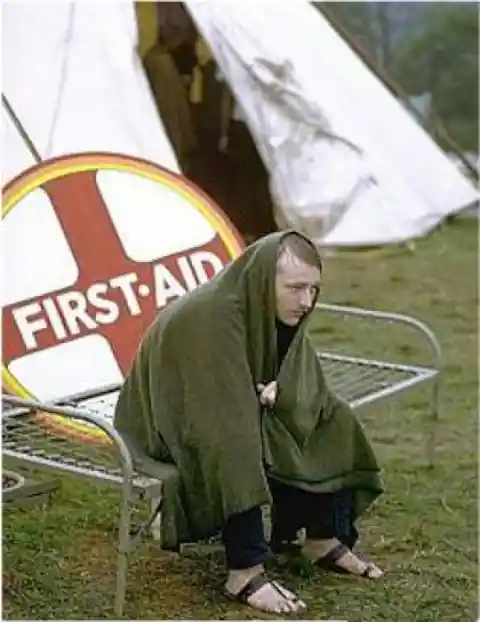
Crowd At The Festival
The crowd at the festival was well-behaved as no reports of violence ever came out of the festival. However, three young men died while attending Woodstock, two from drug overdoses, and another 17-year-old youngster was run over by a tractor collecting debris while he was asleep in a sleeping bag. For a long time after the fest, there were rumors that several women gave birth while at the festival. However, no records of birth were found but eight miscarriages were reported.
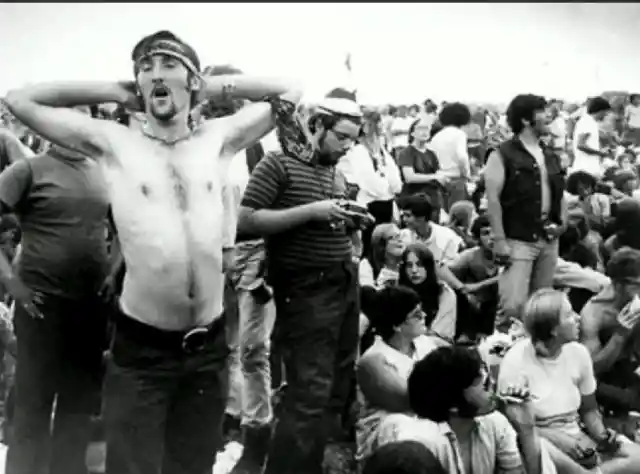

Traffic Blocked The Roads
As the people approached the venue, the traffic began to build outside Bethel five days before the concert. Thousands of vehicles were parked and spanned 20 miles from Max Yasgur’s farm which resulted in local residents being trapped. The traffic was so awful that Sweetwater who was supposed to open could not make it to the scheduled start, Richie Heavens went on to do it instead. Later, the band was airlifted to the grounds by helicopter so they could go on second. A number of other performers also traveled by air to circumvent the traffic issues.
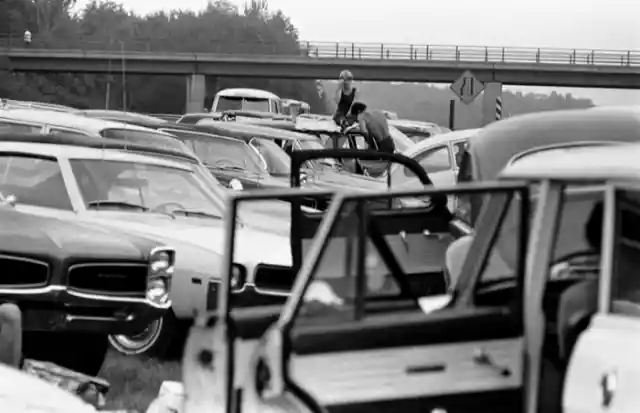
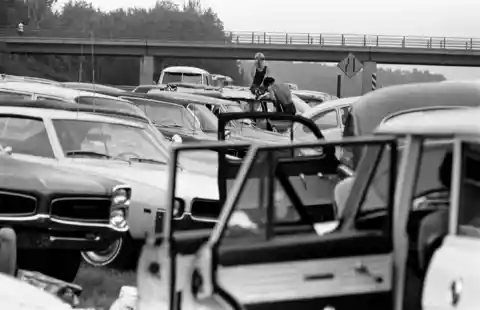
One Of A Kind Event
Following the success of the Woodstock in 1969, many people tried to reinvent the iconic festival in 1979, 1989, 1994, and 1999 but to no avail. The 1999 festival ended in disaster as riots and violence caused inconvenience to the attendees. The original event left the organizers at least $1.3 million in debt and it took them over a decade to cover the cost through audio and video recording rights.
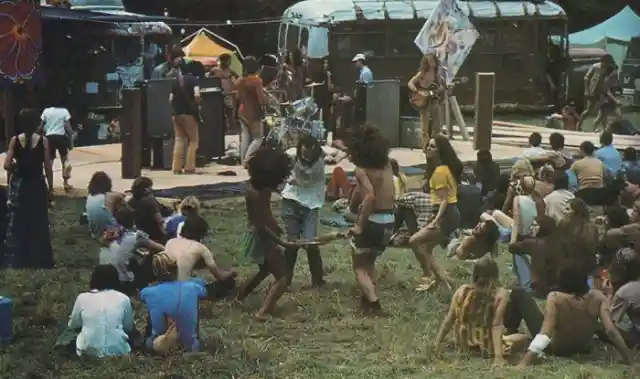
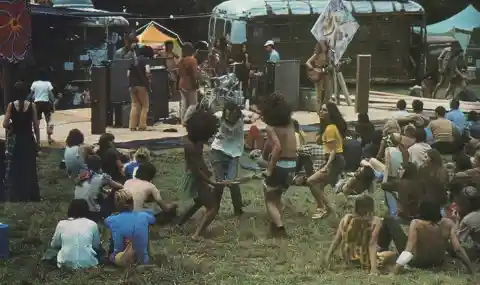
Anti-War Crowd
The Woodstock audience was diverse and a reflection of the rapidly, changing times. In 1969, the country was deep into the controversial Vietnam War, a conflict that many young people were against. It was also the era of the civil rights movement, a period of great unrest and protest. Hence, the audience at the festival took it as an opportunity to escape into music and spread a positive message of unity and peace. Many Americans had begun to see the war as needless and far too long-lasting. Though, the U.S Army airlifted in food, medicines, and even festival performers.


Every Performer Was Not Able To Make It
Woodstock Festival turned out to be a life-turning event for the musicians and bands that performed at it. Even though 33 acts were lined up for the three-day event, still not every artist could make it up to the festival. One of the artists who could not perform was John Lennon because the United States government refused him an entry visa from Canada. Other bands who could not experience performing at the legendary festival were Jeff Beck group, who broke up just weeks before the festival, and Iron Butterfly, who was stuck at a New York airport.

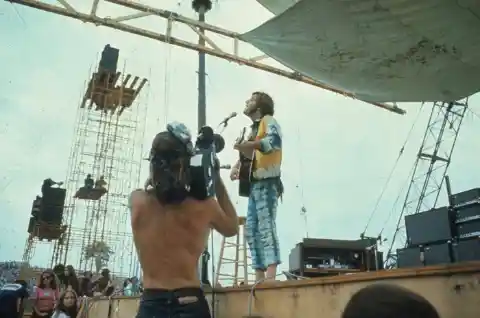
Jimi Hendrix’s Performance
Booking the performances at the iconic fest was not at all cheap and easy. Jimi Hendrix was the highest-paid performer who charged $18,000 (which equaled roughly $125,000 in 2019 keeping in mind the inflation). The words of New York Post labeled Jimi’s performance of “The Star-Spangled Banner” as the “single greatest moment of the sixties.” But only a handful of people at the fest could see him performing as he took the stage at 9 a.m. on Monday, but by that time many people had packed up and gone home.
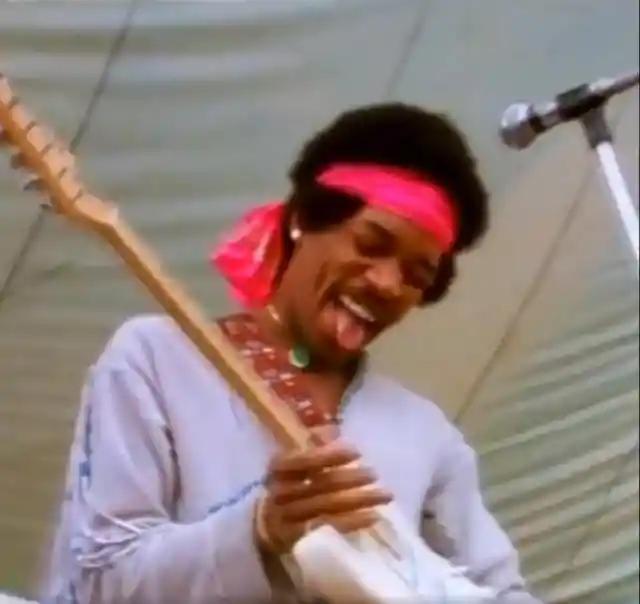
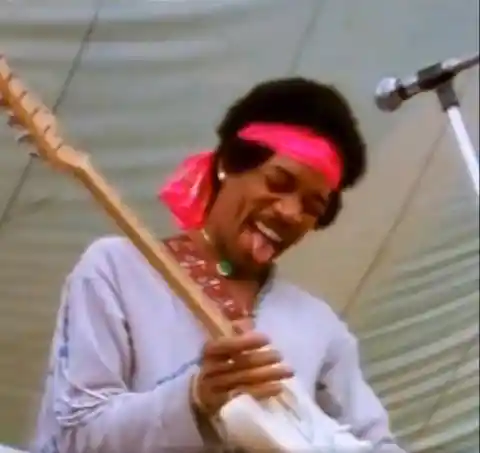
Performers At The Fest
Such a huge concert was happening for the first time, which is the reason why organizers had to pay a humongous amount of money to secure their main artists. Creedence Clearwater Revival was the first act booked that received $10,000. Other artists’ payments included the rock band ‘The Who’ that received $6250 and Joe Cocker made a relatively meager amount of $1375. Sha Na Na took a booking amount of $750 while Quill was the most economical booking who charged only $375.
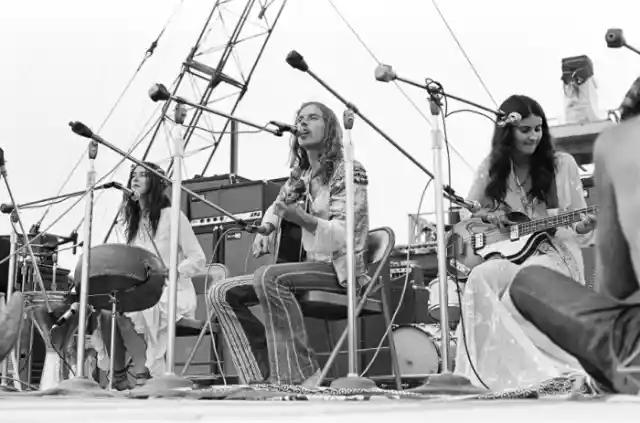
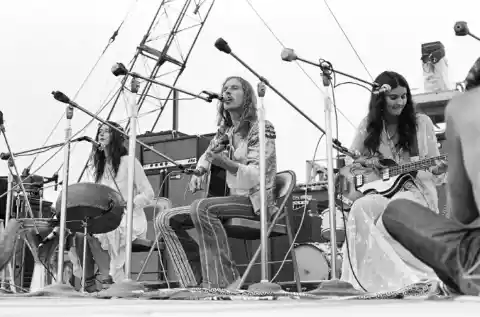
A Huge Crowd
A picture of backstage revealed that a huge crowd of people attended the fest. An average of 400,000 people attended the festival in the small town of Bethel, New York, between August 15 and 17, 1969. The three days of peace and music were the pinnacle of changes in culture which had taken place across the decade. As the war in Vietnam raged on, nearly half a million people gathered to demonstrate peace and love.


A Huge Crowd
A picture of backstage revealed that a huge crowd of people attended the fest. An average of 400,000 people attended the festival in the small town of Bethel, New York, between August 15 and 17, 1969. The three days of peace and music were the pinnacle of changes in culture which had taken place across the decade. As the war in Vietnam raged on, nearly half a million people gathered to demonstrate peace and love.
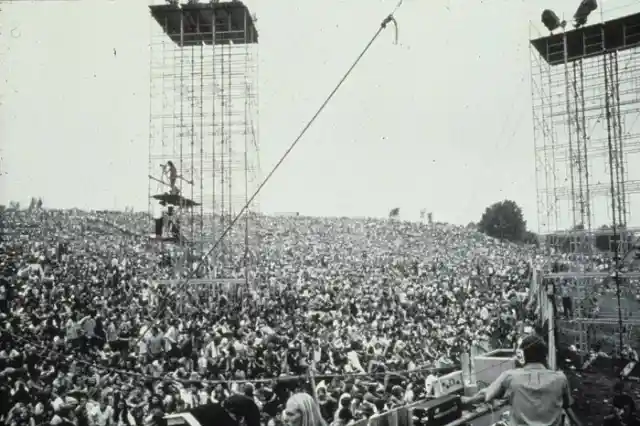
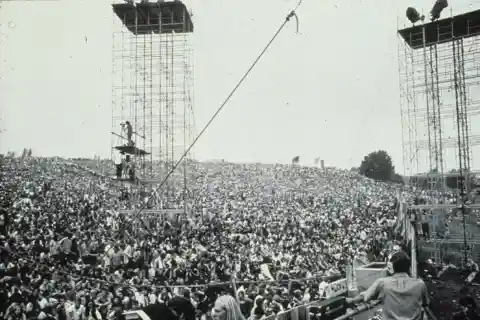
Road Blockage
With such a huge crowd approaching at the same venue, traffic was going to be a crucial issue. The traffic was so enormous that many people deserted their cars miles away and walked to their festival grounds. The way of access to the festival was blocked by the cars which is why most of the performers were flown to the location by helicopters. People waited peacefully, chatting and singing in the cars but when it was evident that there was no other way to reach the festival, they abandoned them and walked to the venue.


A Classic Rocumentary
The Oscar-Winning ‘Rocumantry’ of the Woodstock festival was filmed and directed by Wadleigh. His work in the documentary was not confined to the performances at the stage but extended beyond that. The film also captured the impromptu yoga classes, the skinny dippers, the fringed jackets, bandanas, naked children, mud slip ‘n slides, announcements about bad acid, astounded townsfolk, and even the overwhelmed chemical toilets.
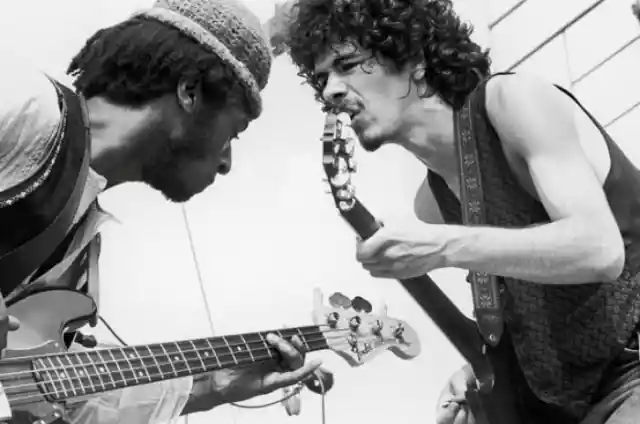
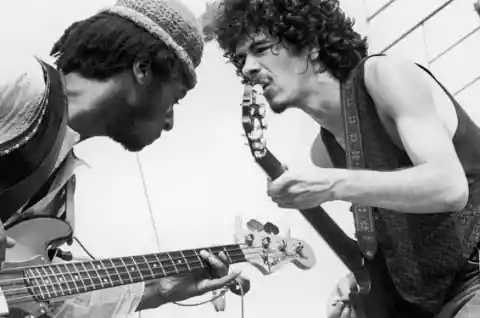
The Best View
Many people who drove their cars to the fest had to park their vehicles miles away from the ground, and the ones who did could not find a seat for themselves. So, the people who enjoyed the best view were the ones who came on a van as they climbed up at the top of it. Obviously, they were not able to move the vans as there was a huge crowd around but there was no reason to go anywhere until the festival had ended.
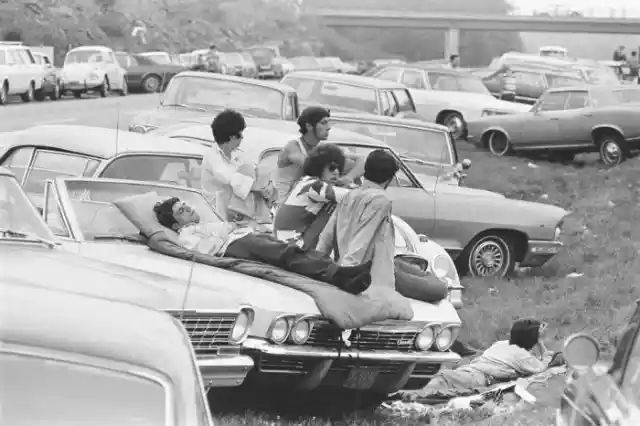
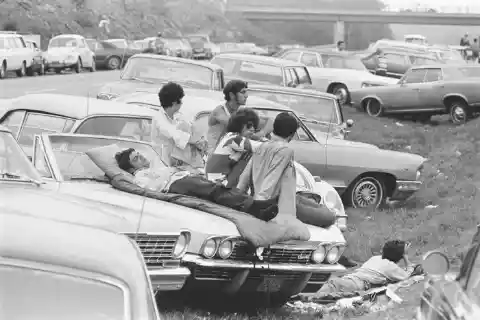
Building A Fan Following
The Woodstock Festival was jam-packed with star performers in their line up but the talent was not only restricted to the stage. Many people at the fest were found portraying their talent by building their own stage. Attendees gathered in small groups and experienced their own talent hunts. A man was found sitting on some kind of homemade treehouse that he turned into a stage and played guitar. Even though not everyone seemed interested in his performance at that moment but you never know he might earn a fan following by the end of the fest.

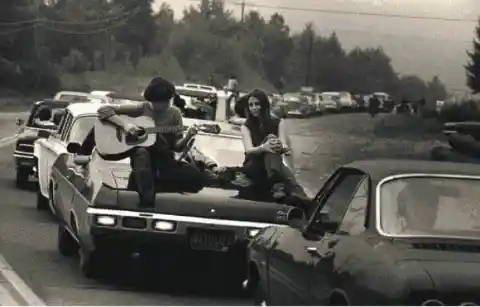
Happy Avenue
Not everybody will believe this but there is a road called Happy Avenue in upstate New York where the Woodstock Festival took place. Doesn’t it seem perfect for a festival that was all about peace and love? However, nobody can imagine the plight of the people residing in that street. They would not have been able to get out of their driveway the entire weekend. Ironically, the residents would have been able to enjoy the concert from the comforts of their home.

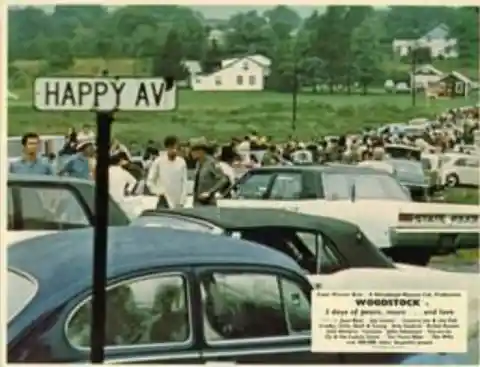
Nice And Clean Feet
We all agree that hippies are stereotyped for being dirty, but a fraction of the attendees at Woodstock tried to fight it off. As the hippies walked around the venue barefoot, their feet were bound to get dirty. But it seems like that the organizers kept their hygiene in view as there were water pumps located at the venue. The handpumps helped the concertgoers to keep their feet nice and clean.
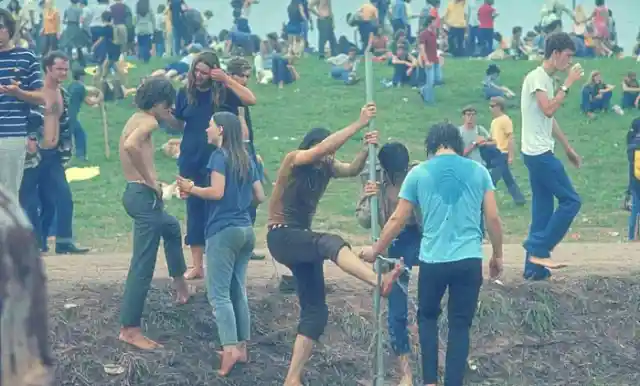
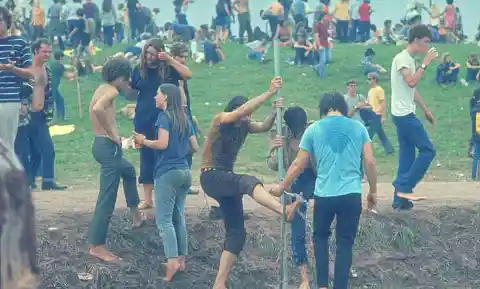
High On Good Vibes
The people in this picture might look like they are having yoga but that is not the case, they are more likely to be indulged in an interpretative dance while listening to one of the musical acts echo throughout the festival grounds. Some people could assume that they are under the influence of some drugs which might be true after all it was a festival meant for hippies. But maybe they were high on the music and good vibes.
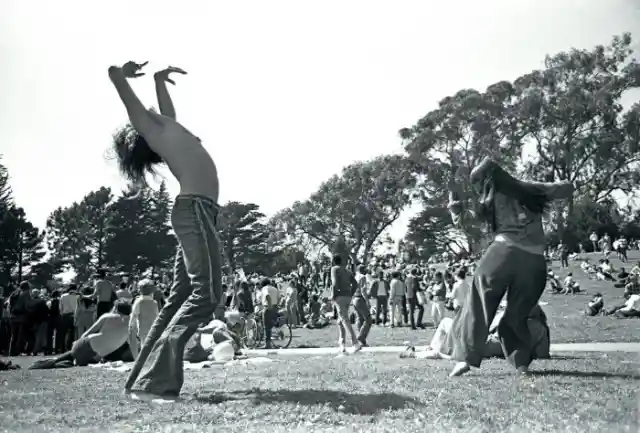

The Drug Use
Woodstock is popular for being a trip in more than one way. Drug use at the festival was pervasive and nobody could escape it. In 2009, the Who's John Entwistle told Billboard that he decided to drink bourbon and Coke and realized that someone had spiked the ice with acid. At least 25 “freak-outs” took place every hour on the first night of the festival because of the use of psychedelic drugs. The emergency medical staff and members of the commune collectively known as the Hog Farm sat with attendees until the drugs wore off.
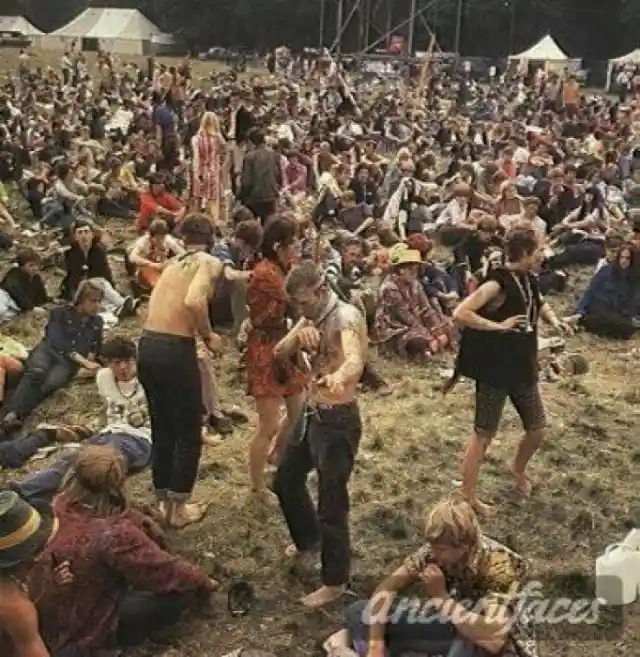
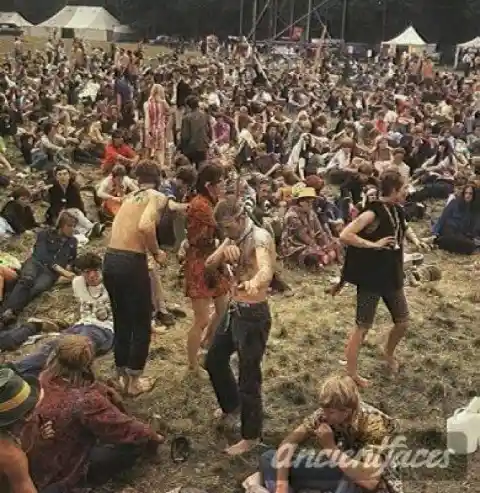
Once-In-A-Lifetime Experience
Woodstock’s venue was jam-packed with people all over the place. In this picture, you will see people as far as your eye can see while the woman in the foreground is sitting on someone’s shoulder and experiencing glee and excitement. Everybody at the festival had the same excitement and huge smiles as they grooved to the iconic music performances performed on the stage. The attendees at the festival were overjoyed to take in the experience that might have never happened to them again.


Grabbing A Bite
LSD was not the only thing that was available on the menu at Woodstock. While no one has any ideas on what kind of food was available but it is believed that there were major food shortages at The Woodstock. Some of the pictures revealed that there was a food station set up at the venue with the attendees waiting with paper plates to grab a bite. However, the looks at their faces do not seem like that they were relishing the taste of their food but whatever they ate, it was enough to provide them nourishment throughout the festival.
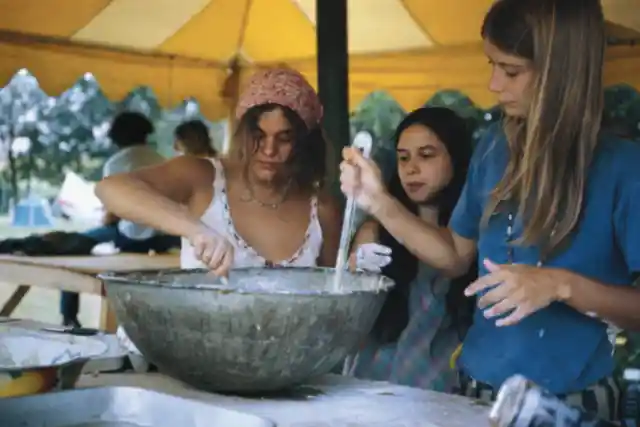
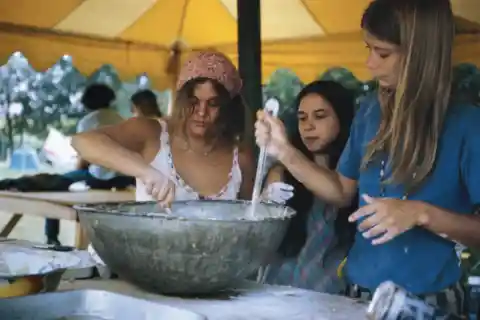
The Arrival Of The Rain
At the beginning of the festival, the weather was perfect, sunny and warm but it was followed by rain quickly. Many pictures captured the concert-goers having fun in deep mud. Originally, the concert was only scheduled to run Friday through Sunday, but it was stretched over by Monday due to lengthy delays caused by thunderstorms. For the attendees, some of them enjoyed grooving in the rain, there were others who chose to hide from it. Some people placed a plastic sheet over themselves to protect themselves from rain and enjoy the show simultaneously.
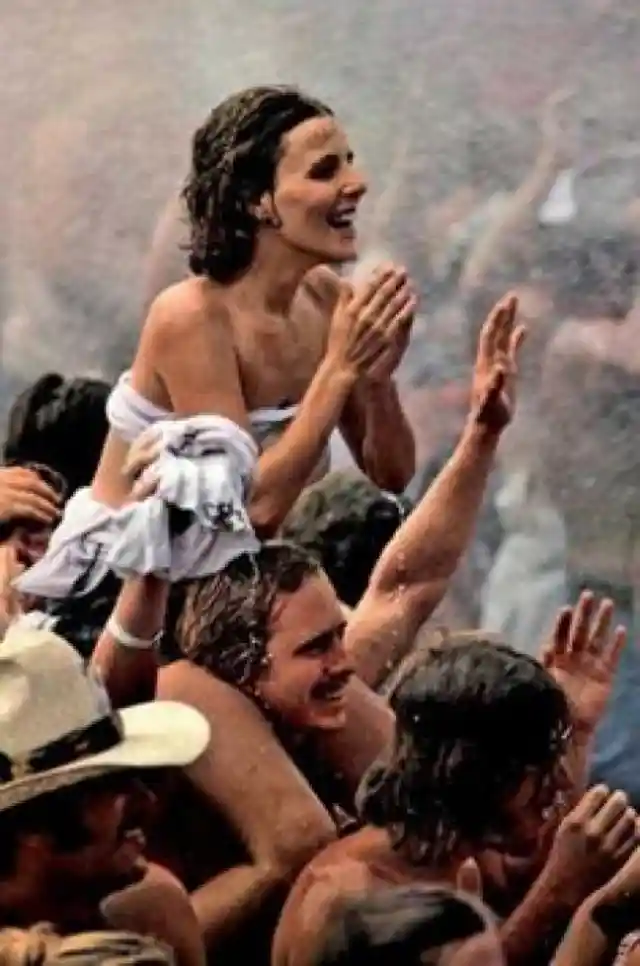
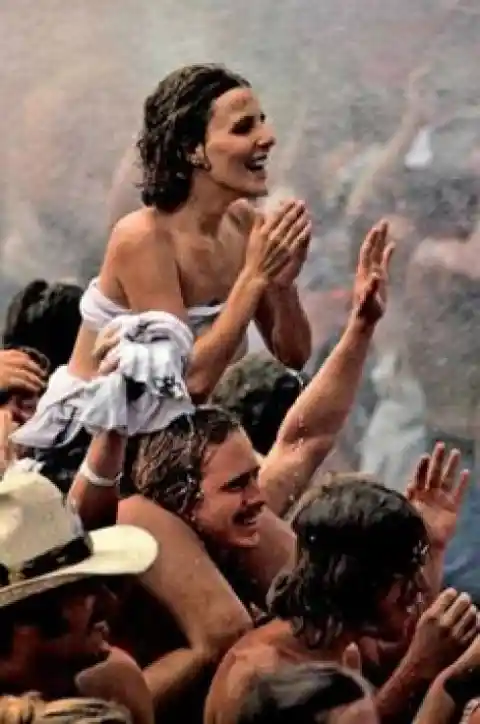
Being At The Wrong Side
It was a little unusual to witness a fence at Woodstock, but the guy in this picture doesn’t seem to have a problem in being at the wrong side of it. This picture also points out the number of people attending the fest. Nonetheless, in 2006, Bethel Woods Center for the Arts opened on the hill where the Woodstock Music Festival took place. In the present day, it hosts outdoor concerts in its beautiful pavilion. In addition to it, there is also a 1960s museum on site.
